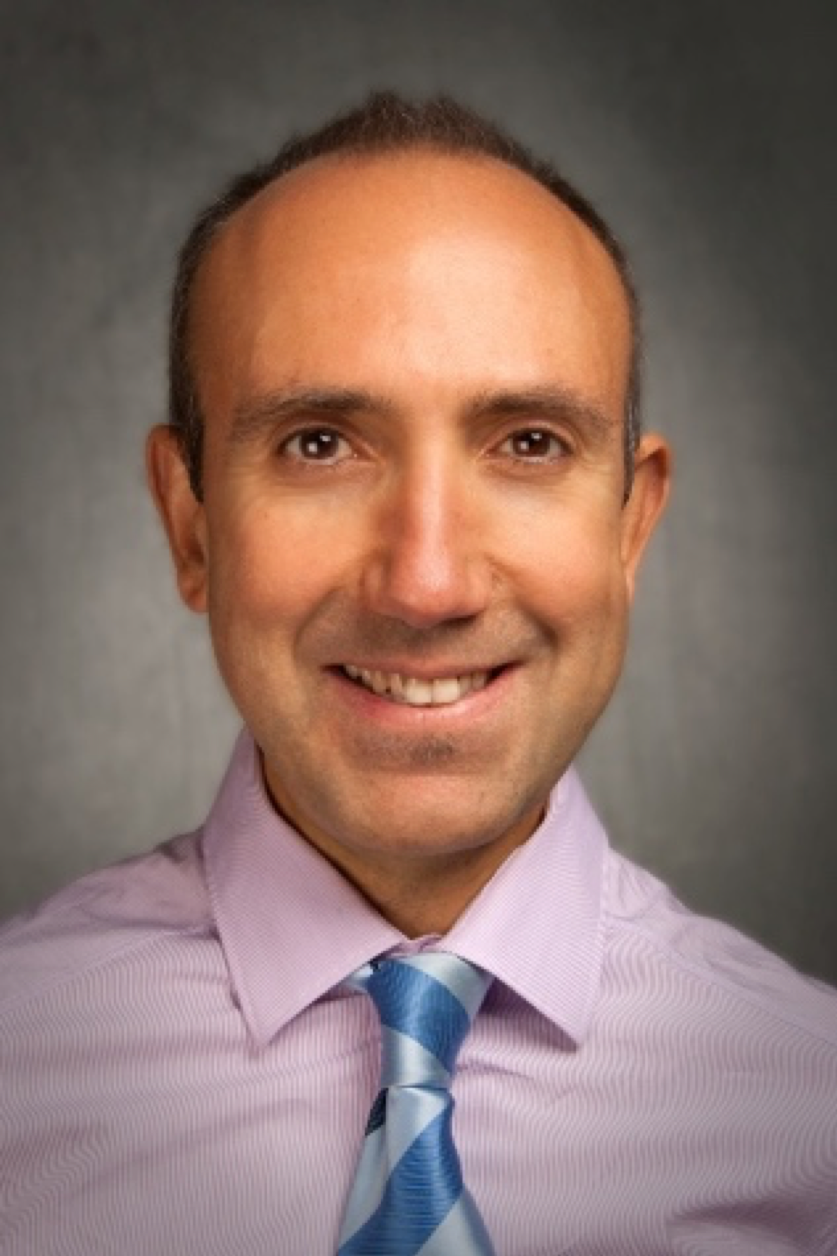Consolato M Sergi1, Jin Ye Yeo2
1Department of Laboratory Medicine and Pathology, University of Alberta, Edmonton, Alberta, Canada; 2JLPM Editorial Office, AME Publishing Company
Correspondence to: Jin Ye Yeo. JLPM Editorial Office, AME Publishing Company. Email: jlpm@amegroups.com
This interview can be cited as: Sergi CM, Yeo JY. Meeting the Editorial Board Member of JLPM: Dr. Consolato M Sergi. J Lab Precis Med. 2024. Available from: https://jlpm.amegroups.org/post/view/meeting-the-editorial-board-member-of-jlpm-dr-consolato-m-sergi.
Expert introduction
Dr. Consolato M Sergi (Figure 1) is the Chief of Anatomic Pathology at the Children's Hospital of Eastern Ontario, and a full professor of Pathology and Pediatrics at the Universities of Alberta and Ottawa, ON, Canada. He obtained his MD degree with honors (1989) and specialization in Pediatrics (1993) at the University of Genoa/Gaslini Children’s Hospital. He subsequently specialized in Pathology at the University of Heidelberg, Germany (2001) and received the Honorary Clinical Reader title at the University of Bristol, UK (2002). He completed his Ph.D. (Habilitation) at the University of Innsbruck, Austria (2004) and MSc Public Health in Austria (2007). Dr. Sergi has successfully passed his Canadian MD credentials and his Fellowship exam in Anatomic Pathology (FRCPC) at the Royal College of Physicians and Surgeons in Ottawa, Canada (2013). He focused on cholangiopathies, metabolic liver diseases, gut/bile microbiome, hepatic tumors, bone cell biology, and organ transplantation in his research. Dr. Sergi welcomed more than 100 graduate MSc/Ph.D. students, fellows, undergraduate and summer students with ongoing teaching in Genetics, Pathology, and Pediatrics. Dr. Sergi is a Consultant of Carcinogenesis in Experimental Animal Models at the WHO/IARC, Lyon, France. Dr. Sergi has >350 peer-reviewed PubMed publications (h-index: 32 with over 3,000 citations). He identified the apoptosis’s role in the ductal plate malformation of the liver, characterized the sialidosis, and found two different new genes, i.e., WDR62, which encodes a centrosome-associated protein (Nat Genet 2010) and OTX2, mutations of which can contribute to dysgnathia (J Med Genet 2012).

Figure 1 Dr. Consolato M Sergi
Interview
JLPM: Could you tell us more about your journey from pediatrics to specializing in pathology, and what motivated you to pursue these areas of research?
Dr. Sergi: I am interested in researching and identifying the pathological cause of disease, and during my rotation and then fellowship in pediatric and molecular pathology, I developed a major interest in pediatric pathology, which triggered me to study more and start a new residency in anatomic pathology.
JLPM: With your extensive research in the gut and bile microbiome, how do you think our understanding of the microbiome’s role in diseases has evolved over the years?
Dr. Sergi: Gut and bile microbiome are critical for both intestinal and extra-intestinal diseases. It is foreseeable that artificial intelligence and quantum computing will delve into the intricate world of microbiology, and new personalized drugs are on the horizon.
JLPM: What are some of the most exciting developments in the field of gut/bile microbiome research today?
Dr. Sergi: I think computer-aided drug discovery will be favored from the most recent data we and other groups published in the last decade.
JLPM: You have mentored more than 100 graduate and PhD students over the years. What do you think makes a successful mentor-mentee relationship, and how do you guide your students toward developing their own independent research?
Dr. Sergi: Honesty and transparency need to be at the forefront of any mentor-mentee relationship. Moreover, the Golden Rule to treat everyone equally no matter the origin, political party, ethnicity or religion needs to be in place. Clear and achievable objectives are also important topics to discuss early in the mentor-mentee relationship.
JLPM: As an educator, what do you see as the most important aspects of teaching pathology and pediatrics to the next generation of healthcare professionals?
Dr. Sergi: Technology needs to be adapted to bed-based teaching as well. It is sad if we use exclusively the new technological tools and forget how to interpret the signs and symptoms identified in the ward.
JLPM: Looking back on your career, what are you most proud of, and what do you hope your lasting legacy will be in the fields of pathology and pediatrics?
Dr. Sergi: I am very grateful to have had the opportunity to meet excellent mentors and practice science with honesty and clarity.
JLPM: How has your experience been as an Editorial Board Member of JLPM?
Dr. Sergi: Excellent, JPLM is probably projected to become one of the most influential journals in the area of laboratory medicine.
JLPM: As an Editorial Board Member, what are your expectations for JLPM?
Dr. Sergi: We would like to reach successfully in an enviable position in the list of scientific journals and I hope I will have and continue having excellent support from the professional team of the publisher.
